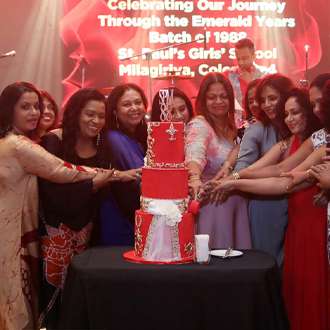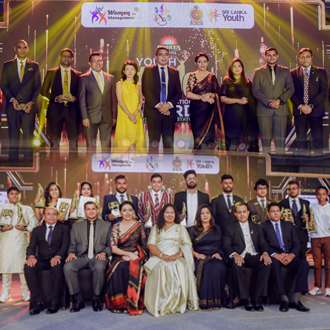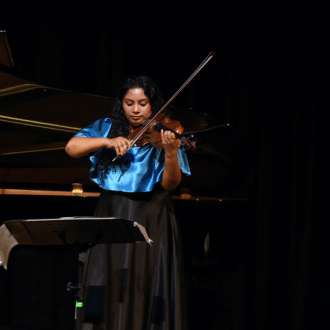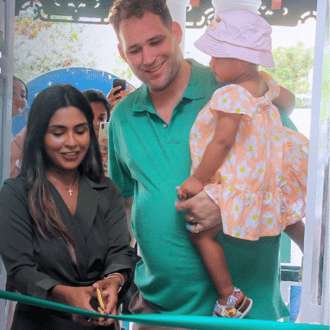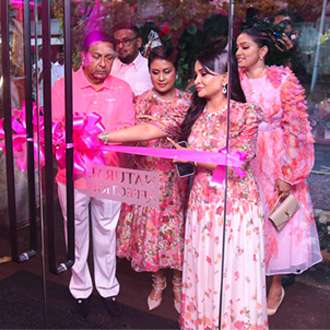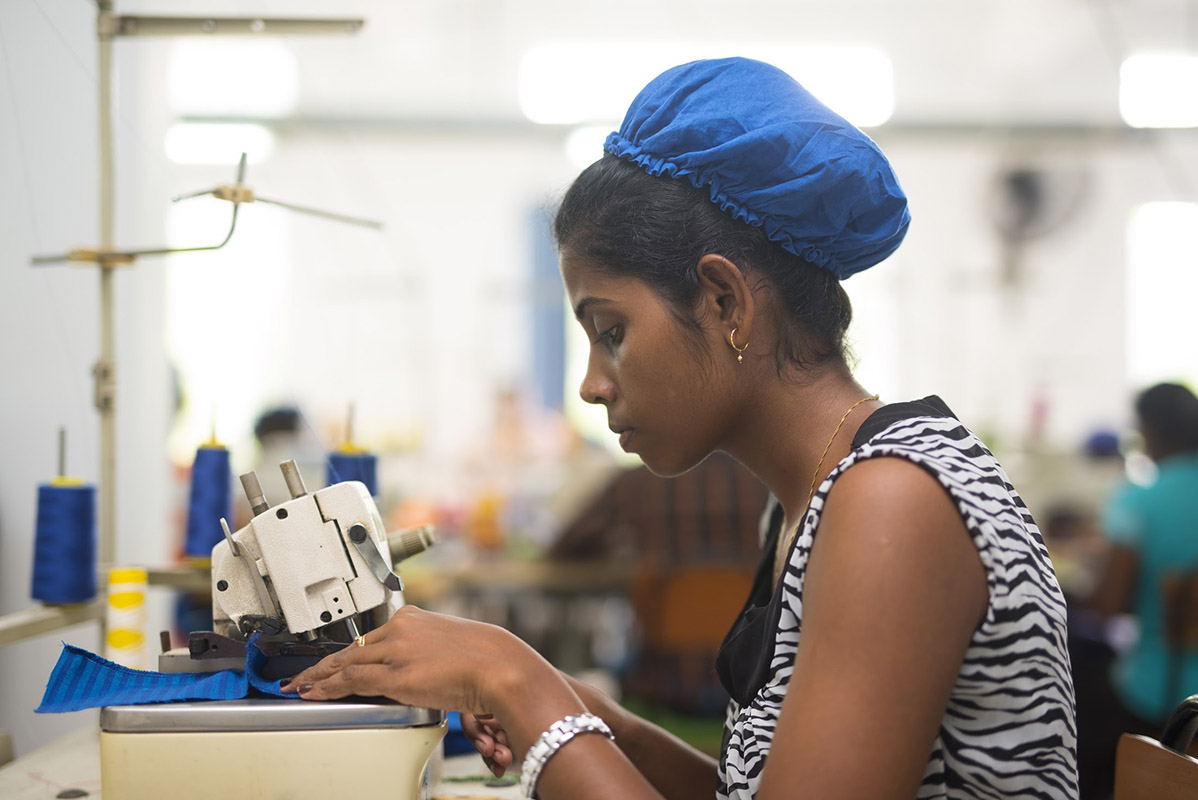
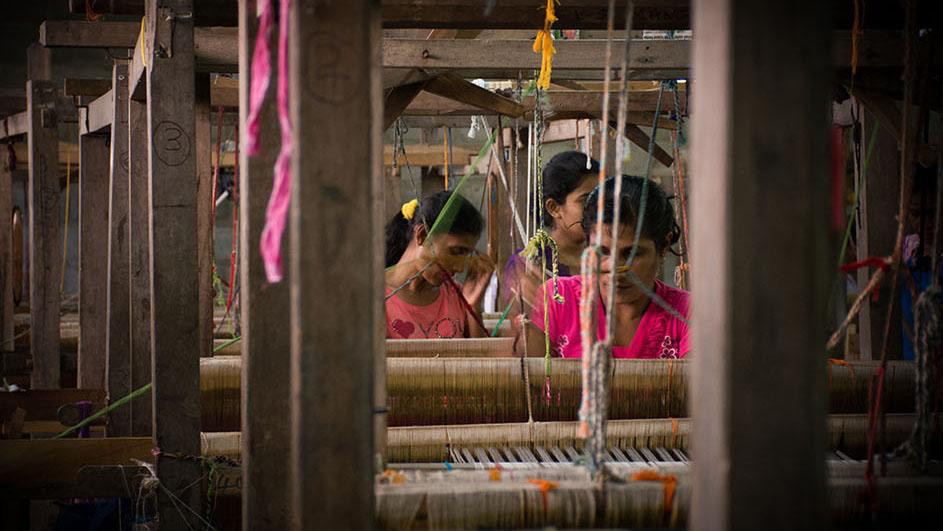
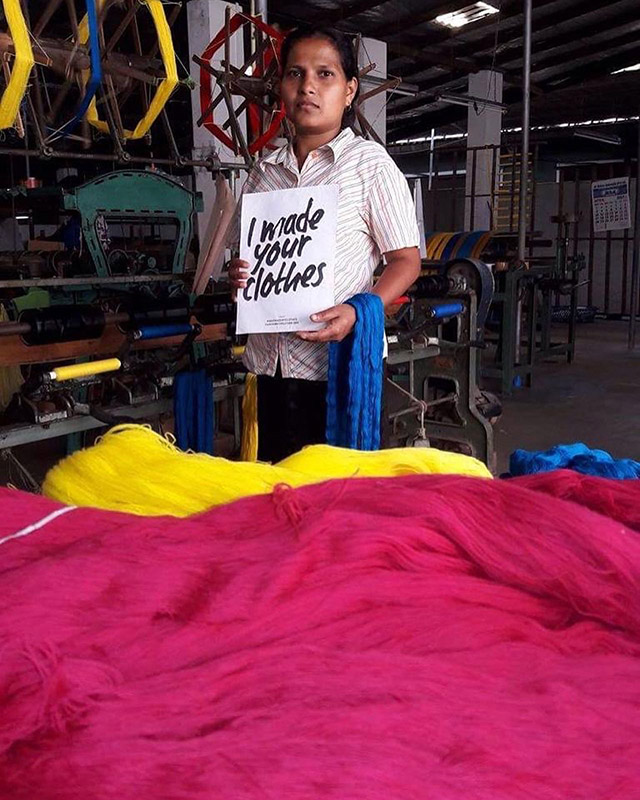
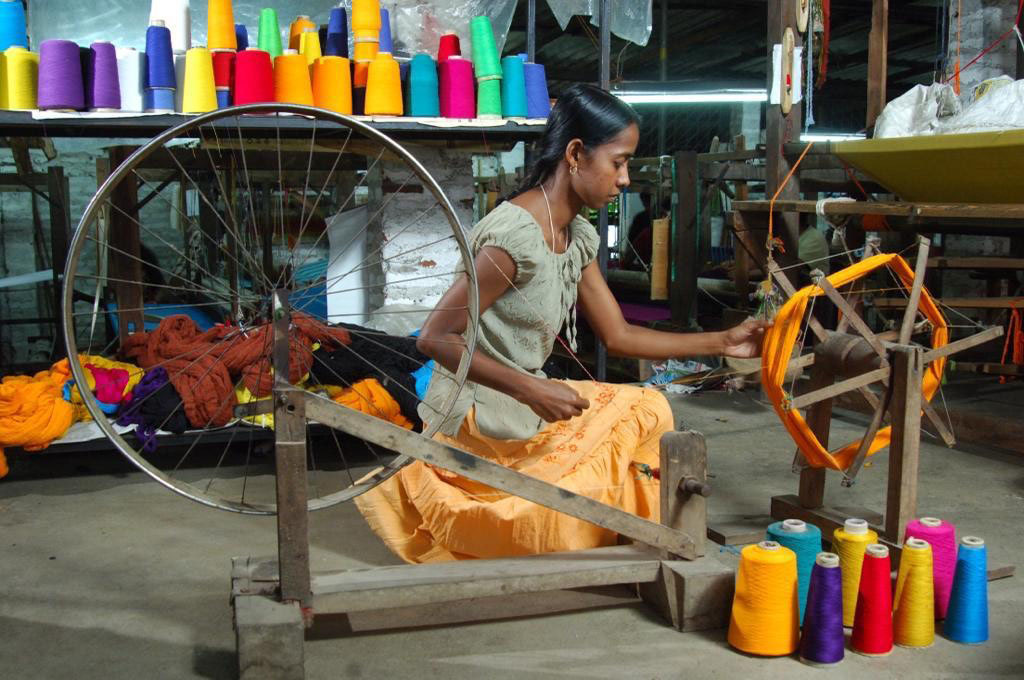
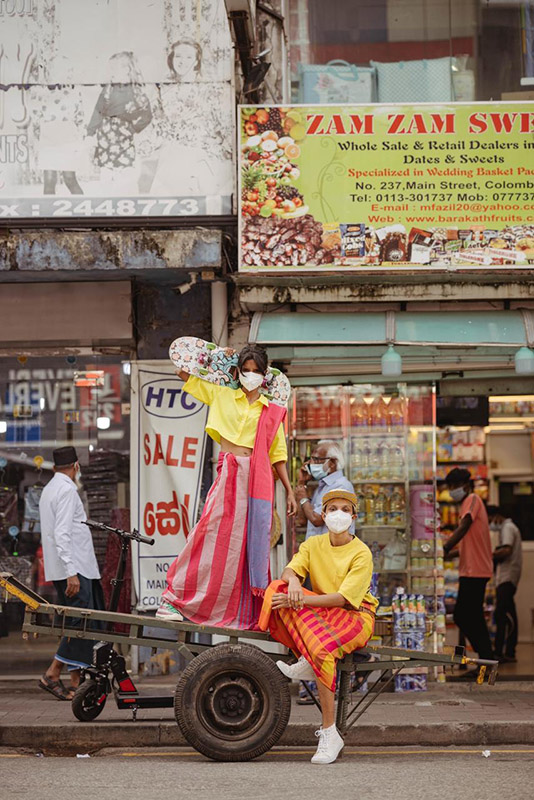
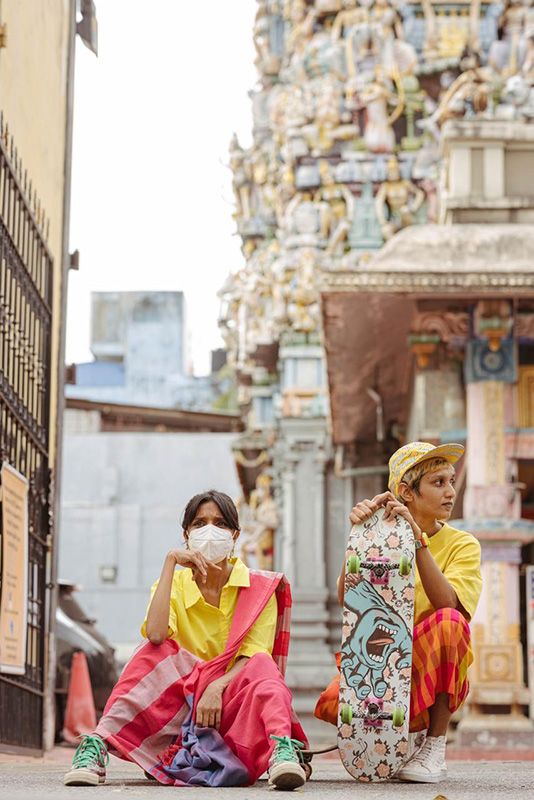
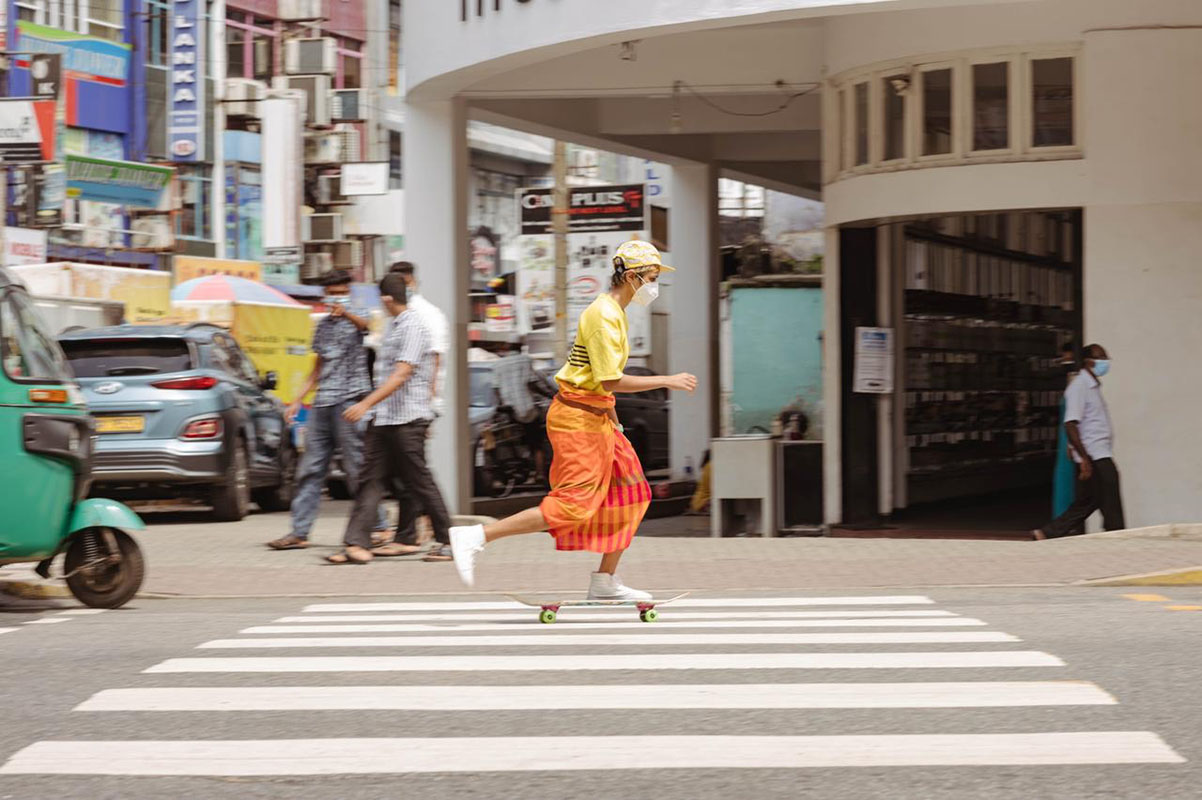
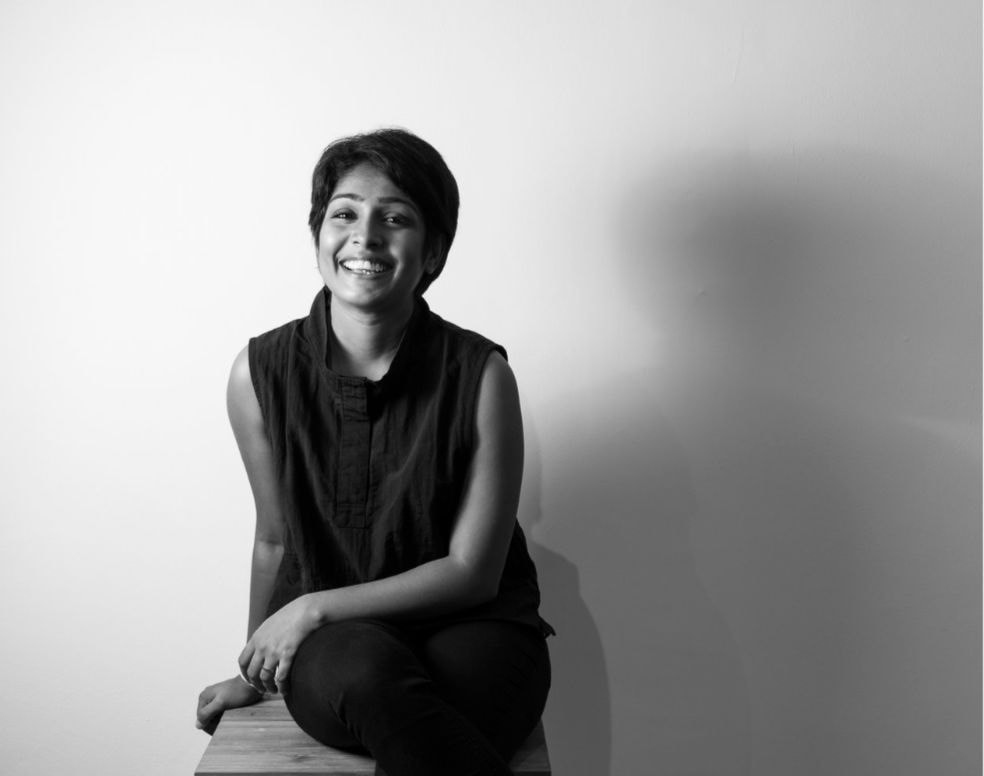
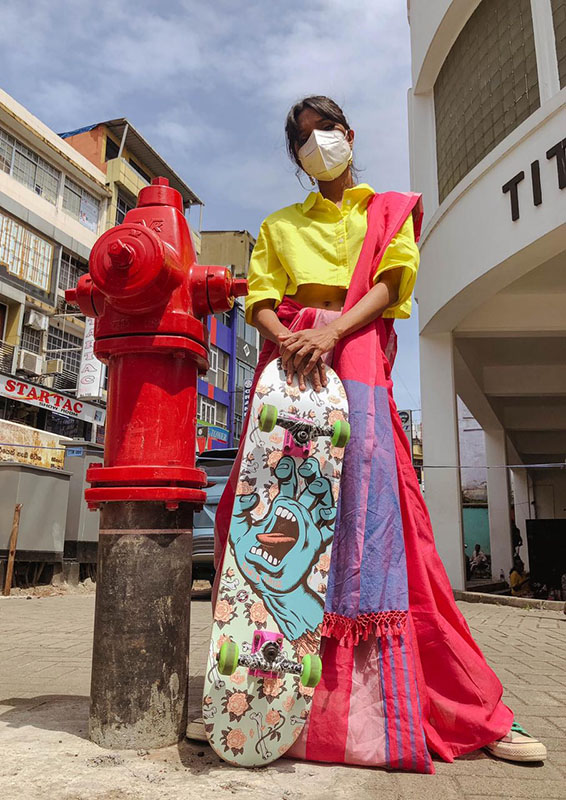
Selyn, Sri Lanka’s leading handloom manufacturer celebrated International Handloom Day with International flair.
International Handloom Day was on the 7th of August and Selyn celebrated a week filled with activities and unique offers at the Flagship Store in Fife Road, Colombo 05.
Celebrating all things handloom, from the heritage of Sri Lanka to its local artisans, the importance of Handloom Week was to bring awareness to the local and international community on artisanal skills that holds great pride and relevance in today's world.
“Handloom Week was initiated as an important event to highlight and bring awareness to a core sector in the craft industry of Sri Lanka and to also highlight its potential as a premium export from the country. This year is special for us as we celebrate 30 years as an organization that has effectively contributed to the upliftment of the industry and has positively impacted the artisan community by committing to consistent work and sustainable livelihoods. In addition, we are pleased to have been recently awarded a prestigious grant which will enable us to propel the industry into the world with transparency and ethical practices at the core of it.” says Selyna Peiris, Business Development Director and next-generation lead of the company.
The week hosted prominent local designers; Lonali Rodrigo of House of Lonali on an inspiring discussion on traditional handloom techniques in the modern world and Vajira Peiris on an exciting live looming session.
In addition, Selyn hosted two international panels on the “Future of Handloom”and its relevance to Sri Lanka and the SAARC region. The first discussion on ''Global Trends: From Craft and Heritage'' with Rue Kothari, a London-based Design Expert well known and respected for working with design from East to West, along with Ruwandika Senanayake, Senior Lecturer on Integrated Design at the University of Moratuwa. The conversation was followed by another discussion on "Craft as the "Sustainable" Solution, Model and Area of Growth: An International Perspective from SAARC to the World'' with H.E. Ambassador M. Riaz Hamidullah, Bangladeshi ambassador to the Netherlands/former ambassador to Sri Lanka and an advocate on craft and textiles from the SAARC region and Mr Patrick Duffy founder of the Global Fashion Exchange, globally recognized figure within sustainability and fashion industry. Selyna Peiris of Selyn took part in these conversations and this expert selection of panelists contributed towards the opportunity to discuss the balance between scalability, sustainability and conscious consumption. These conversations were moderated by Professor Robert Meeder, co-founder of the Institute of Future Creations, who has a great understanding of the craft and the design world combined.
Professor Robert commenced the conversation by stating that ‘2021 has been the year of the creative economy, and that we have seen a lot of disruption, development and changes to this sector. Additionally, the creative economy goes hand in hand with sustainability, which leads us to examine heritage and how craft and handloom plays a key role in it’. As Professor Robert highlighted the importance of heritage and the future of the craft industry, Ruwandika Senanayake, as a Senior Lecturer pointed out that within their education system ‘The craft culture project has been introduced to value the local production processes, and to learn how to handle a craft community by empathizing with the people …. Inspiration is not just from the beauty but should come from within the practice itself.’ Rue Kothari also added from a consumer's point of view, that, ‘Internationally, the craft industry has been experiencing a growth, as there has been a shift in the consumer demand from generic, mass produced products to bespoke handmade products. Especially young consumers who are more concerned about what they buy and where they buy from.’
In another conversation, H.E. Ambassador M. Riaz Hamidullah voiced the dire need to preserve culture by stating that ‘Craft is not simply about the vocation, or just making a livelihood. As seen across Nepal and Afghanistan too, craft is also about identity, substantial income and heritage.’ Answering to the above concern, Selyna Peiris the Business Development Director, highlighted that as sustainable manufacturers and future leader of the industry that, ‘The current fair and transparent model, will develop to become more transparent(following the grant provided) with block chain technology being integrated into our supply chain, which means that with the QR code all suppliers will be able to see where and who has made the products, what materials have been used and what the working conditions are, additionally with consent from the artisans, it will show how this model has impacted them and their purchasing powers’. This insightful conversation was concluded by Mr Patrick Duffy, by stating that ‘Now more than ever, people are starting to wake up and understand that we really need to take action, and now is a good time,better than any time to do so.’
The discussions focused on the potential for handloom not only as a trend in the
global fashion and design industry but identify Sri Lanka’s comparative advantages to jump the curve and lead. Challenges highlighted were the lack of a cohesive and collaborative ecosystem of support and the overall under-value and under appreciation of the product which has led to skill resources being depleted in the country.
Last but not least, the creative couple, Hash and Manga, presented their own interpretation of taking handlooms into the modern world! by expressing that ‘Traditions become obsolete if they do not change with time’.
To follow catch the talks and highlights from International Handloom week by Selyn follow www.selyn.lk or on their social media pages @selynfairtade
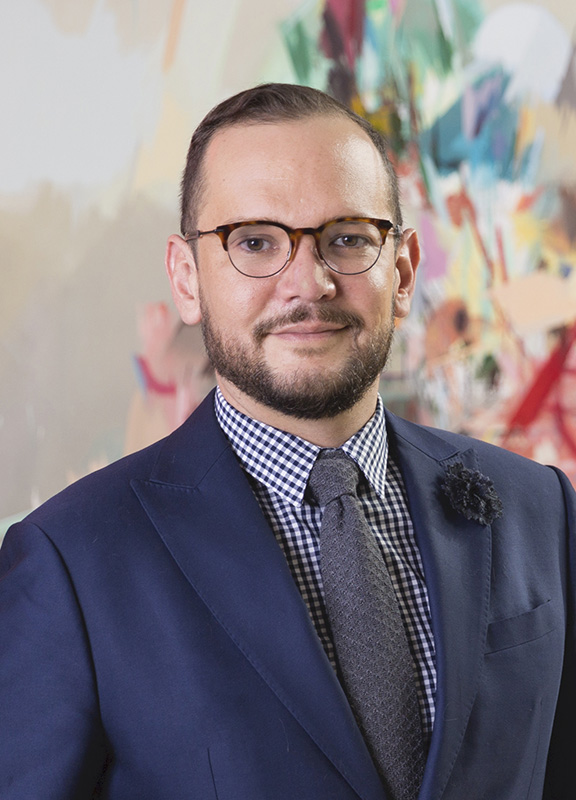
‘2021 has been the year of the creative economy, and that we have seen a lot of disruption, development and changes to this sector. Additionally, the creative economy goes hand in hand with sustainability, which leads us to examine heritage and how craft and handloom plays a key role in it’.- Professor Robert
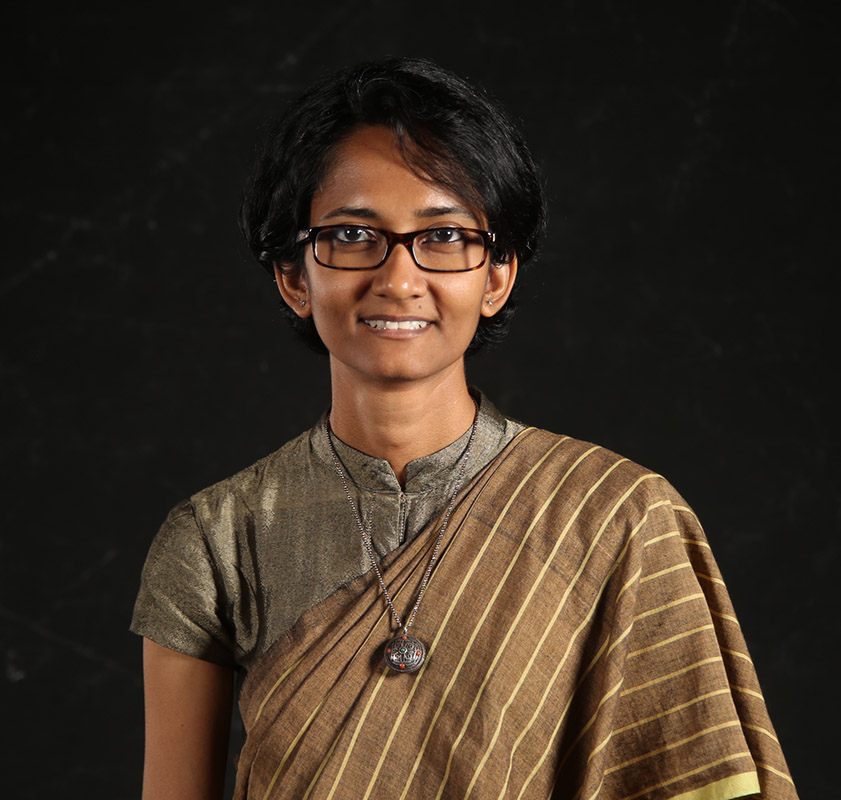
‘The craft culture project has been introduced to value the local production processes, and to learn how to handle a craft community by empathizing with the people …. Inspiration is not just from the beauty but should come from within the practice itself.’- Ruwandika Sennanayaka

‘Internationally, the craft industry has been experiencing a growth, as there has been a shift in the consumer demand from generic, mass produced products to bespoke handmade products. Especially young consumers who are more concerned about what they buy and where they buy from.’ – Rue Kothari
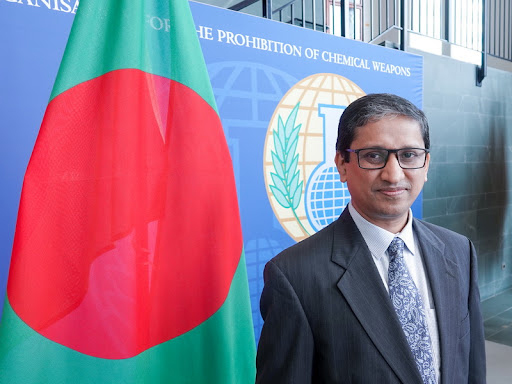
‘Craft is not simply about the vocation, or just making a livelihood. As seen across Nepal and Afghanistan too, craft is also about identity, substantial income and heritage.’- H.E. Ambassador M. Riaz Hamidullah

‘The current fair and transparent model, will develop to become more transparent (following the grant provided) with block chain technology being integrated into our supply chain, which means that with the QR code all suppliers will be able to see where and who has made the products, what materials have been used and what the working conditions are, additionally with consent from the artisans, it will show how this model has impacted them and their purchasing powers’- Selyna Peiris

‘Now more than ever, people are starting to wake up and understand that we really need to take action, and now is a good time, better than any time to do so.’ - Patrick Duffy
